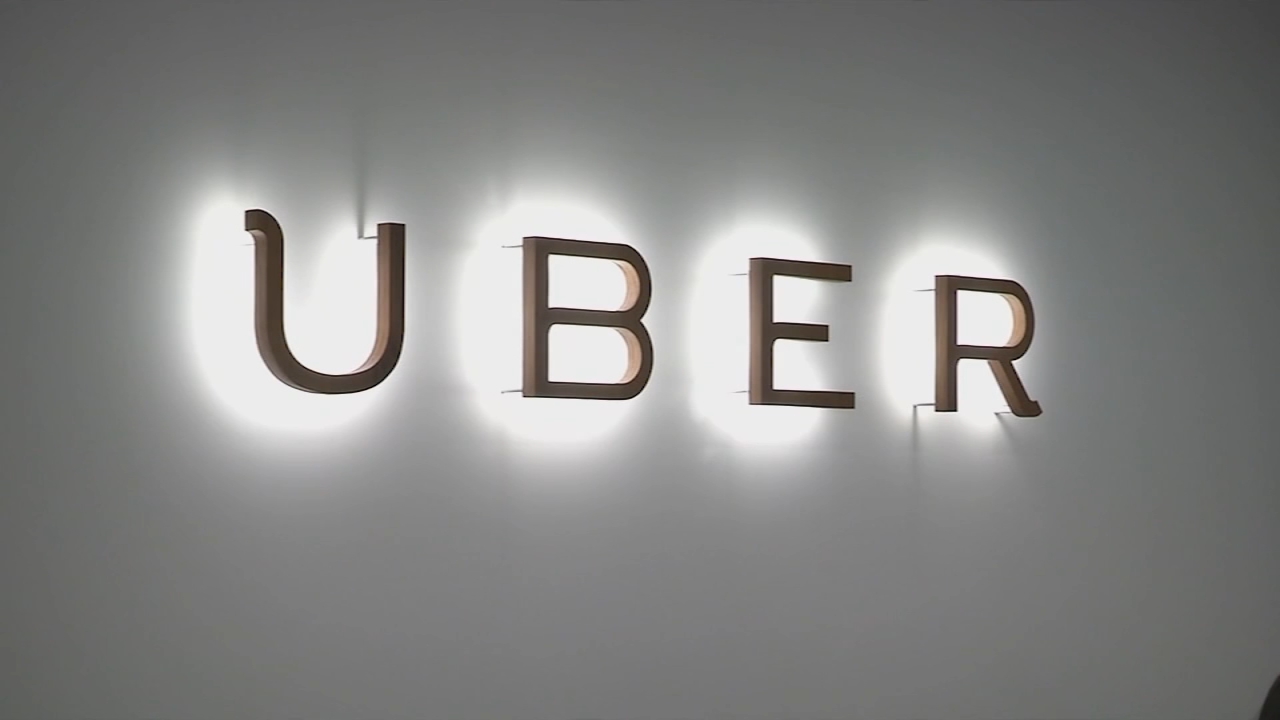I-Team: State parks slow to improve cyclists' safety on Mount Diablo

CONTRA COSTA COUNTY, Calif. (KGO) -- Cyclists who ride Mount Diablo say state park officials are taking too long to fix a dangerous problem, one that has led to bike-versus-car crashes and serious injuries. In this case, the I-Team identified something that needed to be fixed -- an important safety issue -- and helped push public officials to get it done. The answer seemed simple enough.
Mount Diablo has 17 miles of roads with 369 curves and many of them are sharp, blind curves. Biking fast down the mountain can be dangerous enough, but especially if an oncoming car crosses the center line into your lane. That's what happened to Shannon Stepper in September.
"As I came around there was, in an instant, the moment when there's a car in my lane and I knew there was nothing I could do," said Stepper. It could have been much worse; the impact left Shannon with a good case of road rash and some broken bones. Stepper showed the I-Team, "the collarbone here is broken and then the scapula in the back is what's broken."
California Public Records Act requests to the CHP and State Department of Parks and Recreation confirm how big of a problem it is. Between 2010 and 2014, there were 116 collisions with 70 percent of these accidents happening around blind curves.
"A car coming up the mountain had actually taken a turn too sharp and was completely in my lane," explained collision victim Dave Dalton. "I fractured my eye socket."
Another victim, Deepender Singh, described his crash on a blind curve. "I go to the wrong side of the road to avoid the SUV, go over my handlebars," Singh said. "I needed surgery after that and it took six months for me to get full range of motion."
The collision reports back it up. Time and again, vehicles crossed the single broken yellow line into the other lane where the driver did not have a clear view ahead. It's the cyclist who always pays the price. Twenty-five percent of those crashes were a bike-versus-car collision. Most were solo bicycle collisions, and sometimes it's a cyclist speeding and losing control. But veteran cyclists tell me another major cause is bikes having to swerve to avoid cars that have crossed head-on into their lane.
"I have a near miss or close call on probably every third ride. And that's descending around 15 or 16 miles per hour," said cyclist Gregg Sorensen. He and his colleagues, Al Kalin and John Gallagher, have launched a group called Mount Diablo Cyclists to attack the problem. The guys wanted to find out how their mountain compares to a similar situation in Marin, Mount Tamalpais.
The results of their records search were stunning. Mount Tam had twice as many visitors, but just 28 collisions in those four years when Mount Diablo had 116. The guys believe they know why. "Number one would be please install double yellow lines on appropriate blind curves," said cyclist Al Kalin.
Mount Tam has double yellows on blind curves, which makes sense. That tells drivers they shouldn't pass, period. But on Mount Diablo, all the roads have broken yellow lines which indicate it is okay to pass. I took the issue to the top, meeting with State Parks District Superintendent Danita Rodriguez.
Noyes: "To me, it seems obvious that you would have to have a double yellow on a blind curve."
Rodriguez: "It does seem obvious, but sometimes there's things that we don't know. That's why we're leaving it to the experts."
Rodriguez said she needs a $60,000 study to figure out what to do.
St. Sen. Steve Glazer, D-Orinda, whose district contains Mount Diablo, says time's up. He told the I-Team, "They've had plenty of time to study the issue. I think they need to act much more quickly. We need to double stripe those lines around the curves right away."
The I-Team obtained a State Parks report from 1991 that found "over 90 percent of the vehicles observed crossed over the centerline to negotiate the curves." It identified "conflicts between sightseeing, bicycling and faster moving vehicles ... as a major issue." Still, it took 24 years for this new engineering report to come out that concludes, "The roadways don't present any opportunities to allow for vehicular passing, and therefore, the entire length of roadway will need to be striped with double yellow striping."
"This is a serious life-threatening situation and we've pressed them to take corrective actions right away to make it better," Glazer told the I-Team.
The parks department has just installed new warning signs that read: "Do not pass bikes on blind curves."
It looks like the striping will take at least 10 months at a cost of $200,000. That also pays for the study.
Still, this isn't soon enough for those cyclists we interviewed, so please heed their warnings and be careful out there.








